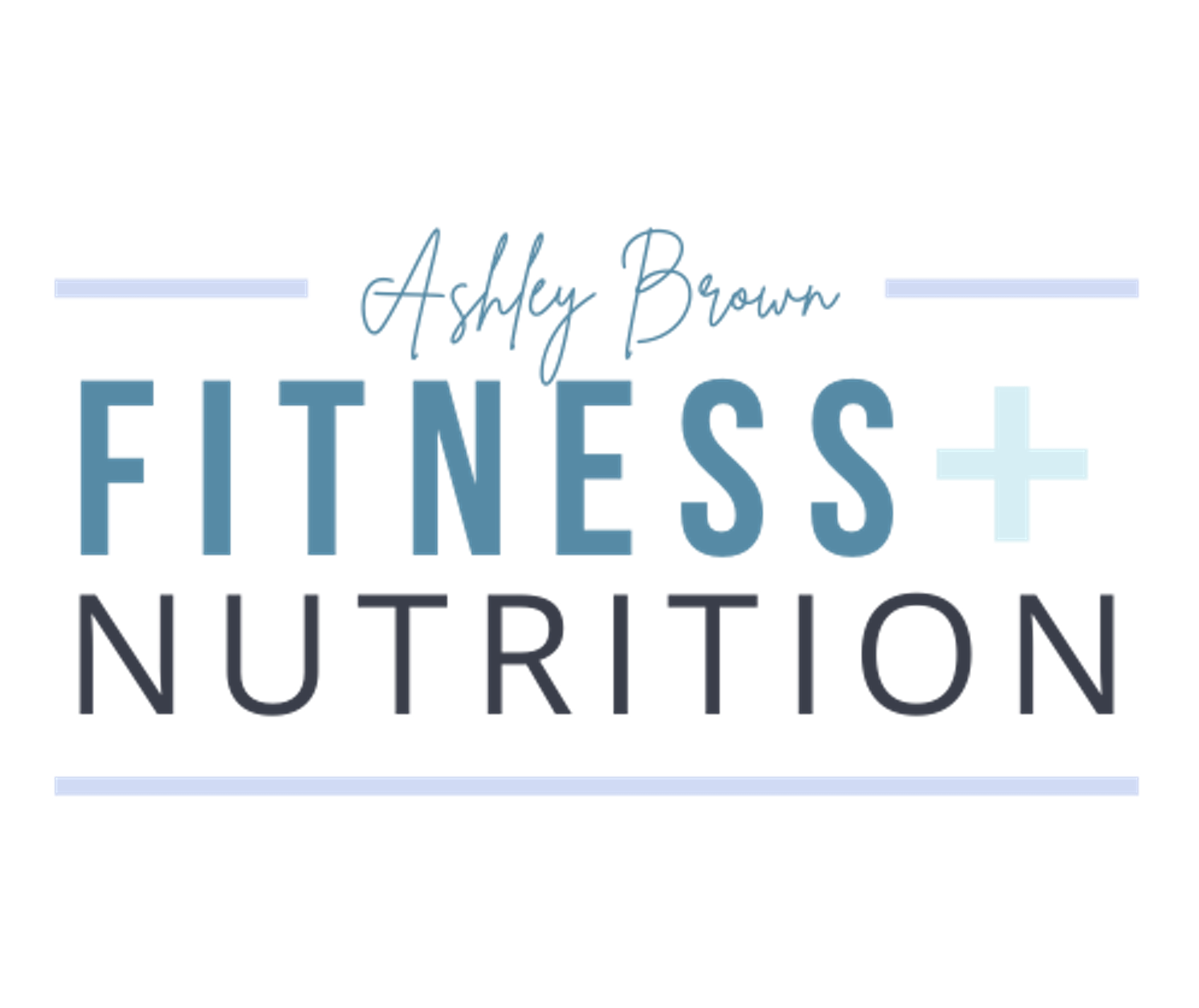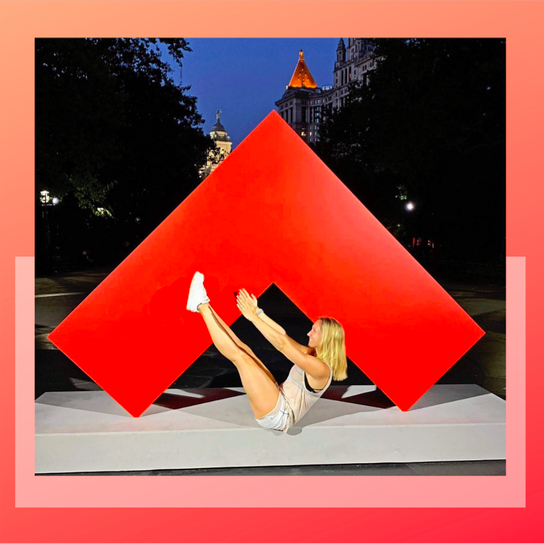Why Adding the Pilates Method to Your Workout Will Benefit Your Body & Mind
From weight loss to flexibility to toning, pilates is great for so many aspects of your health!
Pilates: An Amazing Resistance Training & Toning For Your Body
What is Pilates?
Pilates is a form of resistance and strength training that uses a combination of a multitude of movements to create a series of exercises that flow from one to the next.
From weight loss to body toning, pilates can shape your body while increasing your flexibility and control, and should be introduced into your workout.
Pilates is a physical fitness system developed in the early 20th century by Joseph Pilates, after whom it was named. Classical Pilates uses springs and body weight for resistance, but many people don’t realize Joe Pilates also used light dumbbells, and was continuously inventing new pieces of equipment.
In more recent years, common equipment has expanded to include resistance bands, exercise balls, and yoga blocks.
What Makes Pilates Such a Great Workout?
When it comes down to it, Pilates is a method that teaches individuals how to organize their pelvis and ribcage, in relation to one another, to better manage pressure systems in the body.
This is hugely important because this is the position we need to be in to maximize our abdominal and core work, and keep our bodies safe when lifting things (whether that be a barbell OR a two year old!) Anything that helps me to work my abs, hamstrings, and glutes more sounds good to me!
The loading in Pilates, whether coming from weights, springs, etc., is lighter than what you’d use for strength training in a gym setting, where the goal is usually to add more weight. Classical Pilates routines use lower reps for each movement, essentially becoming many sets of similar movements.
Each movement in a series builds on the ones before it, and as you break down individual exercises, you see more and more of the same skills and positions across the series.
Joe believed in the mind-body connection, and that we should be focused on our movements and moving well as a means to stay healthy and lead happy lives.
All of that focus on technique means that Pilates lends itself towards quality execution which makes it dynamite for recognizing where movement capacity is limited, and allowing you to improve that deficiency.
As you gain mastery over the Pilates method, the pace starts to quicken and it’s not unlikely for someone to practice 80+ exercises in one class. This is a large part of why—unless you’re an instructor—you almost always need someone to guide you throughout a one hour routine.
This is the part that makes Pilates a bit less accessible and, for some, intimidating. When you’re used to working out and moving through circuits, it can be tough to have to learn such a large amount of new exercises in a short amount of time.
I fully agree with Joe here. The movement flow of Pilates allows for resistance training and heart strengthening all in one.
How Does Pilates Work?
One of the positives is that each of these movements flow one into the next—the "transitions" are exercises too! Think of this like going through a circuit and moving as seamlessly as possible from one exercise to the next. You get no rest in between, and your heart rate stays elevated.
(Now it makes sense why we don't use one-rep max level loading in Pilates—you’d never be able to recover and begin the next movement!) Joe Pilates believed that "a few well-designed movements, properly performed in a balanced sequence are worth hours" of uncoordinated, forced exercises.
This "movement flow” makes Pilates a great active recovery routine, because you aren’t hitting high threshold muscle fibers, you’re keeping you heart rate elevated (probably in the 110-140 beats per minute range), and you’re working on active stretching, or, what I like to call mobility.
Overall, Pilates' focus on a well-designed flow of sequential movements integrates both resistance training and mobility training into one exercise form.
Why You Should Add Pilates to Your Workout Routine
Let’s get into the Pilates system and the progressions. As I mentioned, a Pilates workout is made up of progressions of the same, or similar, movements.
In most workouts you warm up, you do something fast and light, then something heavy and slow, maybe some moderate accessory stuff, and usually wrap up with some conditioning.
In this format, it’s all sort of segmented. The movements aren’t necessarily related to each other and therefore you’re not learning positions in one place and bringing them over into other movements.
Pilates really shines in its ability to connect proper technique in one movement to proper technique in another movement.
At its core, it’s a great sensory-motor-skills-focused routine that can be super challenging and help you get fit when integrated into your general fitness plan.
Include pilates in your workouts however you want. You can add some moves as a warmup, a cool down, or take a full class. No matter the way, you’ll receive those mind and body benefits!
How Pilates Benefits Your Body
I’m sure you’ve heard Pilates is good for back pain, but that isn’t because it gets you #abs. The number one reason is because it gives you abs and hamstrings—and these are an absolute necessity in today's world of our anterior (forward) tilted pelvises that compress the lumbar spine.
Our hip flexors and lower back erectors are on a team, and they’re winning every time…so we need those abs and hamstrings to work so we can get out of pain and into better positions!
The core stability focus is better than any other method I’ve been exposed to, the large range of motion movements help make non-spinal joints happy, and with all the ab and hamstring focus, you can really master the sagittal plane (which you better do if you’re looking to load up traditional heavy power lifts)!
How Do I Include Pilates in My Workouts?
So, how do we do this? Well, first of all, you don’t have to choose a team! You can include Pilates in your regular workouts! You don’t have to commit an entire workout to just strength training, cardio, pilates, etc… you can just do whatever works for your body and your schedule.
Health and fitness is personal, and what works for you is going to be different than the next person.
I integrate Pilates exercises into my warm up and all accessory and movement prep work. Sometimes I add some weights or bands and throw them into circuits. You certainly don’t need a full Pilates studio to reap the benefits of this awesome method.
If you have any questions on how to integrate the benefits of pilates into your life, send me an email here and I can help you out!
My Top 5 Pilates Moves (with some Twists) To Try In Your Next Gym Session:
Have a question? ! I’d love to hear from you by email at Ashley@AshleyBrownFitnessNutrition.com OR on Instagram at @ashleybrownfitnessnutrition.



